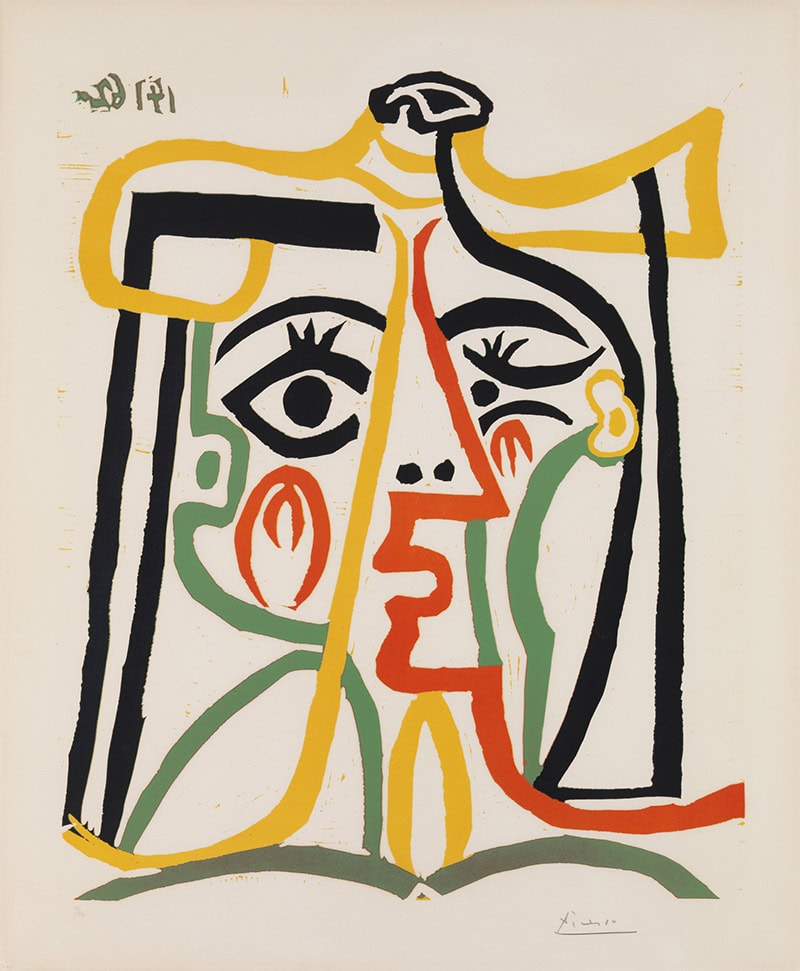Pablo Picasso
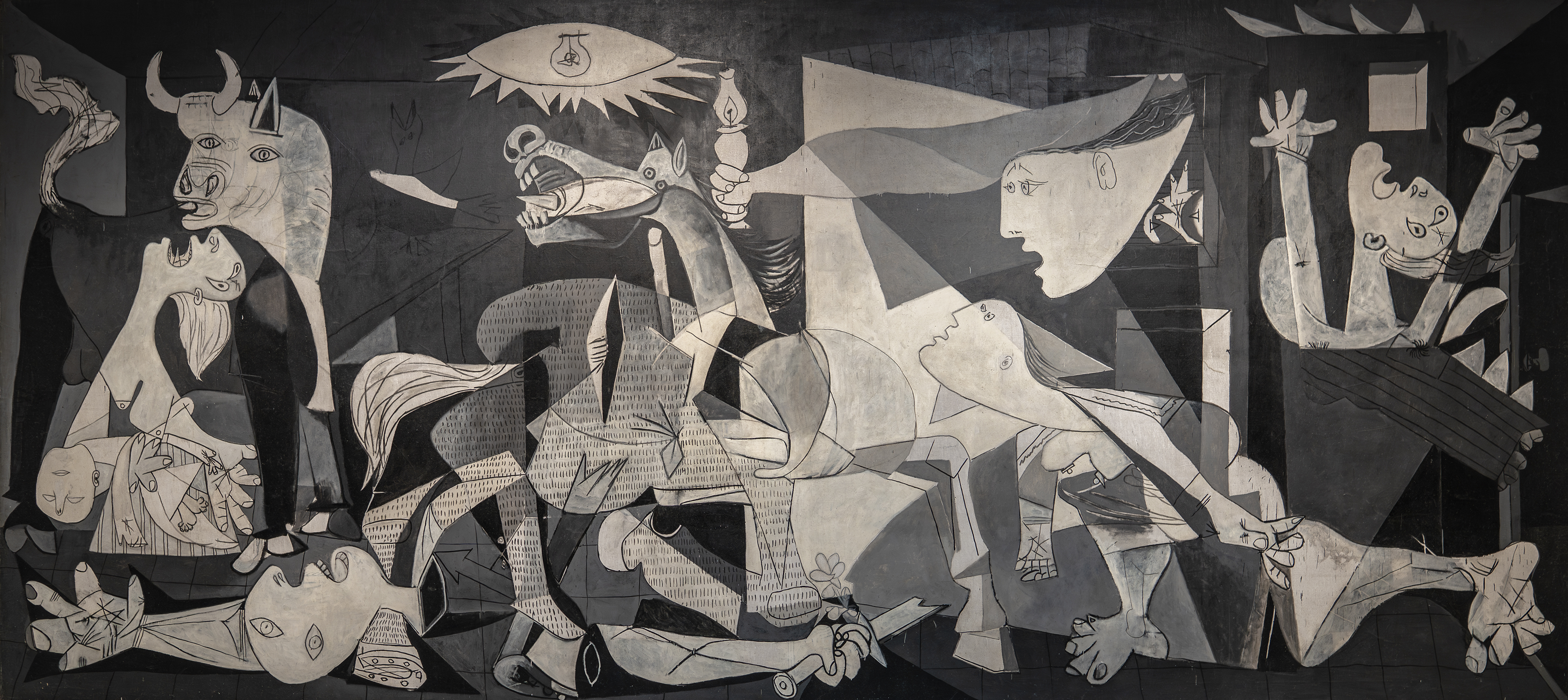
Pablo Picasso was born in Málaga, Spain in 1881 and is widely considered one of the most transformative figures in modern art. A gifted artist from a young age, Picasso moved to Paris in 1904 and immersed himself in the avant-garde art scene, where he began a lifelong journey of innovation across painting, sculpture, printmaking, and ceramics. His ability to master traditional techniques while constantly reinventing his style set him apart from his contemporaries.
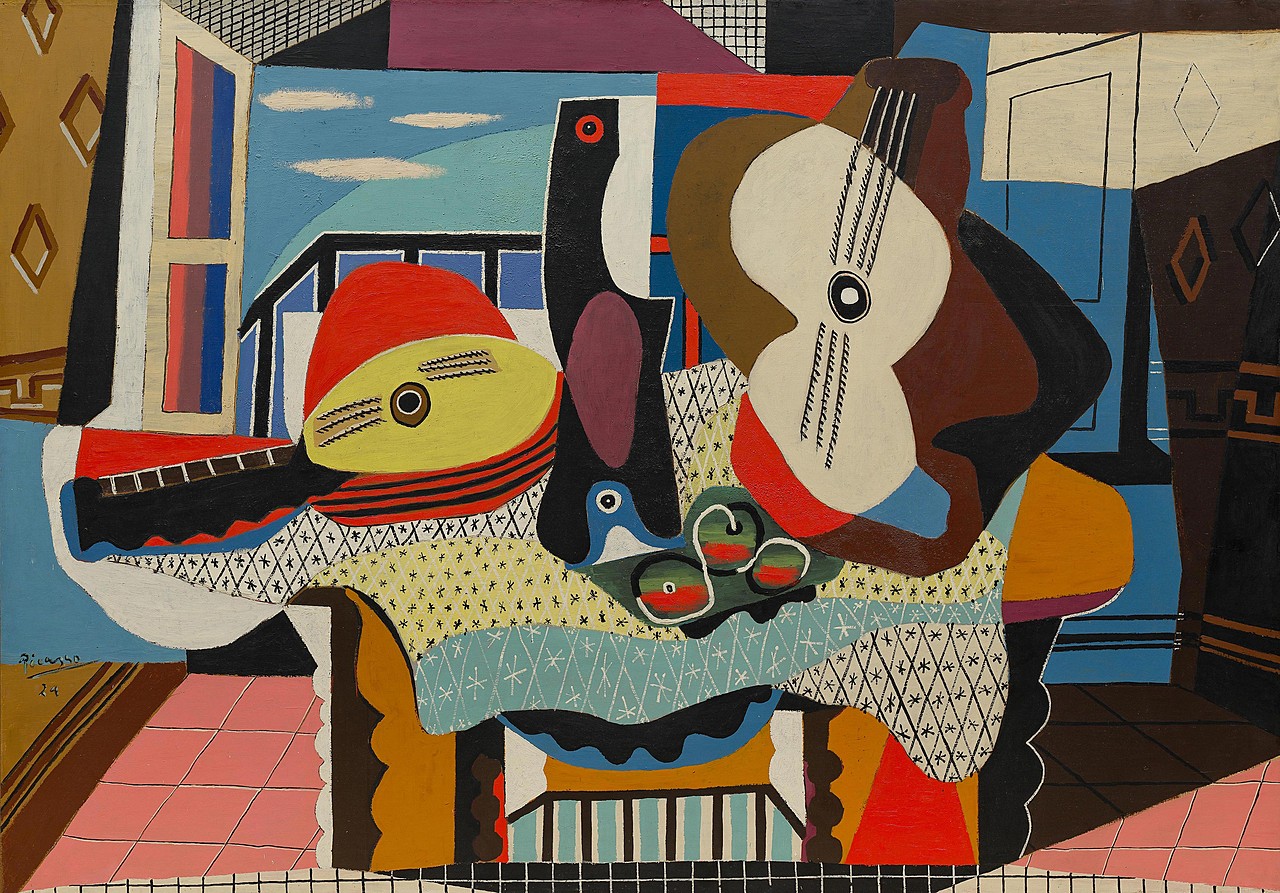
Picasso’s early work is divided into emotional color-driven phases: the Blue Period (1901–1904), marked by somber, melancholic tones and themes of poverty and grief; and the Rose Period (1904–1906), which introduced warmer hues and subjects like performers and harlequins. These stages reflected his psychological states and personal experiences, revealing how he used color and composition to explore the human condition.

In 1907, Picasso painted 'Les Demoiselles d’Avignon', a revolutionary work influenced by African masks and Iberian sculpture that broke from traditional perspective and marked the birth of Cubism. Alongside Georges Braque, he developed Analytical Cubism, deconstructing forms into geometric fragments, and later Synthetic Cubism, which incorporated found materials like newspaper and fabric, making collage a central modern technique and redefining the boundaries between fine art and everyday objects.
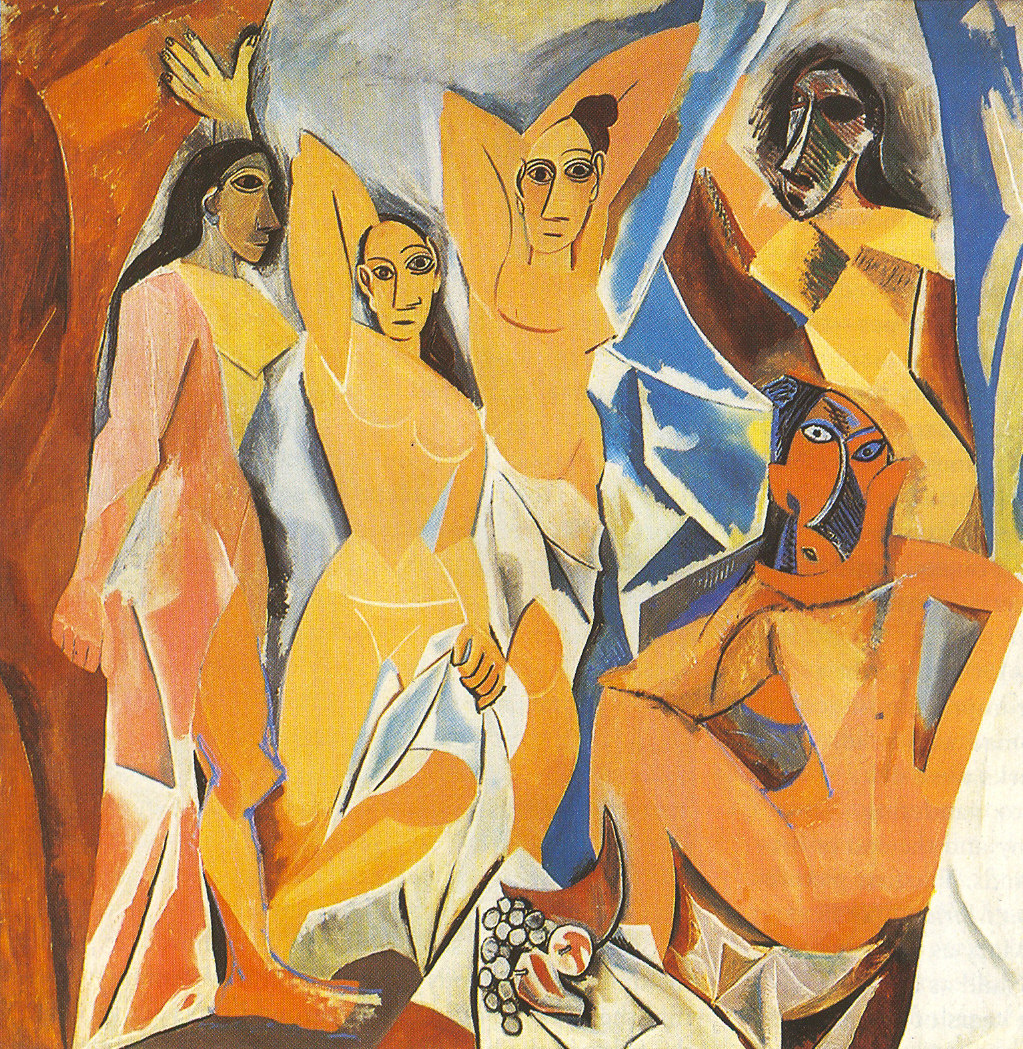
Throughout his 75-year career, Picasso continually adapted and experimented, responding to political events, personal relationships, and new artistic movements. His 1937 masterpiece 'Guernica' remains one of the most powerful anti-war statements in art history, portraying the horrors of the Spanish Civil War through distorted forms and stark symbolism. By the time of his death in 1973, Picasso had created over 50,000 works, leaving behind a legacy defined by emotional depth, technical mastery, and a relentless drive to redefine what art could be.
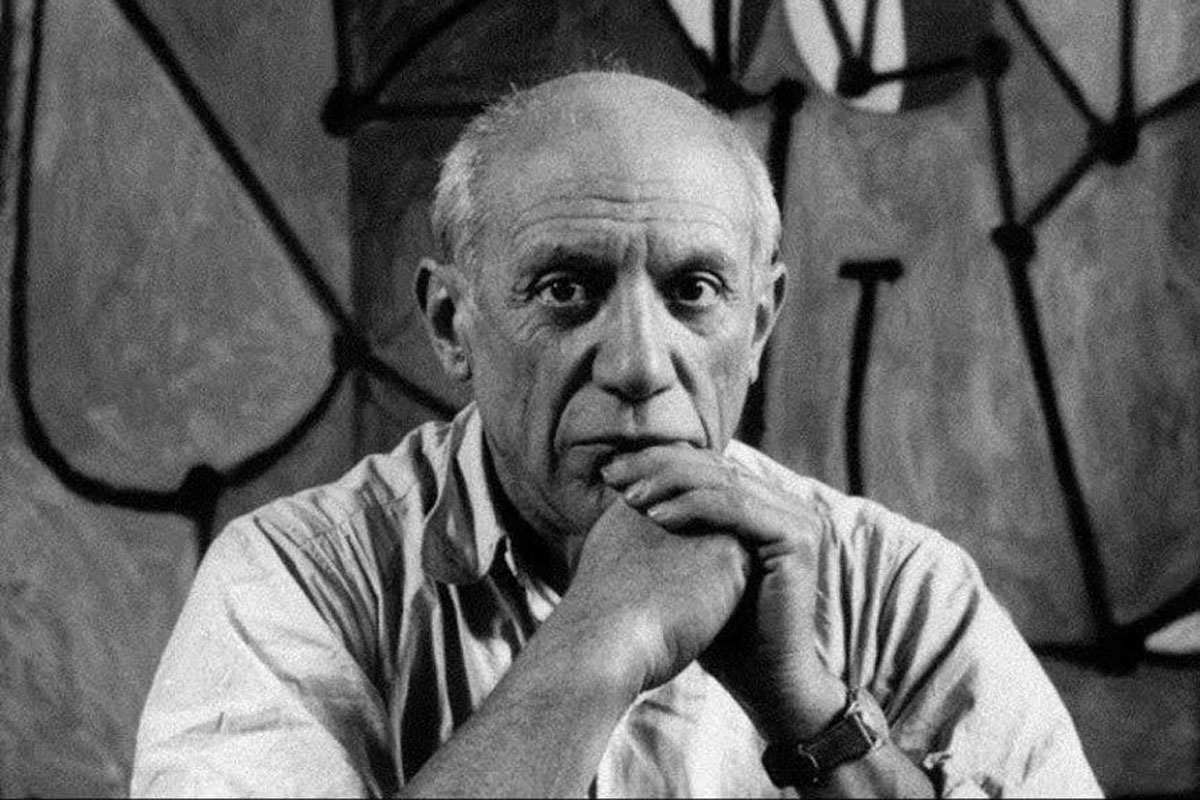
?
How did Picasso’s style change throughout his life?
Why is Guernica considered one of the most powerful anti-war artworks?
What makes Cubism different from traditional painting?
How did Picasso use art to express political views?
Why do you think Picasso never settled into one style?
What can we learn from Picasso about taking creative risks?
If Picasso were alive today, what kind of art do you think he’d be making?
Dig Deeper
Learn all about Cubism! Meet Pablo Picasso and Georges Braque, the artists who started this famous art movement.
Pablo Picasso is considered one of the most influential artists of the 20th century, and his work continues to be studied for its meaning and celebrated for its creativity. Follow the path of Picasso’s life in this brief animated video.
Discover more

Henri Matisse
Matisse showed us that creativity is about more than talent, it’s about courage. He wasn’t afraid to color outside the lines, break the rules, and start over when life demanded it. His art invites us to see the world as a place of bold beauty, deep feeling, and endless possibility.

Hannah Höch
Hannah Höch refused to stay in the background. In an art world dominated by men and shaped by war, she used scissors and satire to carve out her own space. She proved that women weren’t just muses or helpers—they were visionaries, revolutionaries, and rule-breakers. Her work dares us to remix the world as we see it, to find power in fragments, and to never settle for a single definition of who we are.

Salvador Dalí
Dalí showed the world that imagination has no limits. By turning dreams into masterpieces, he dared us to embrace the strange, the surreal, and the deeply personal. His art reminds us that creativity isn't about following rules, it's about rewriting them.
Further Reading
Stay curious!
